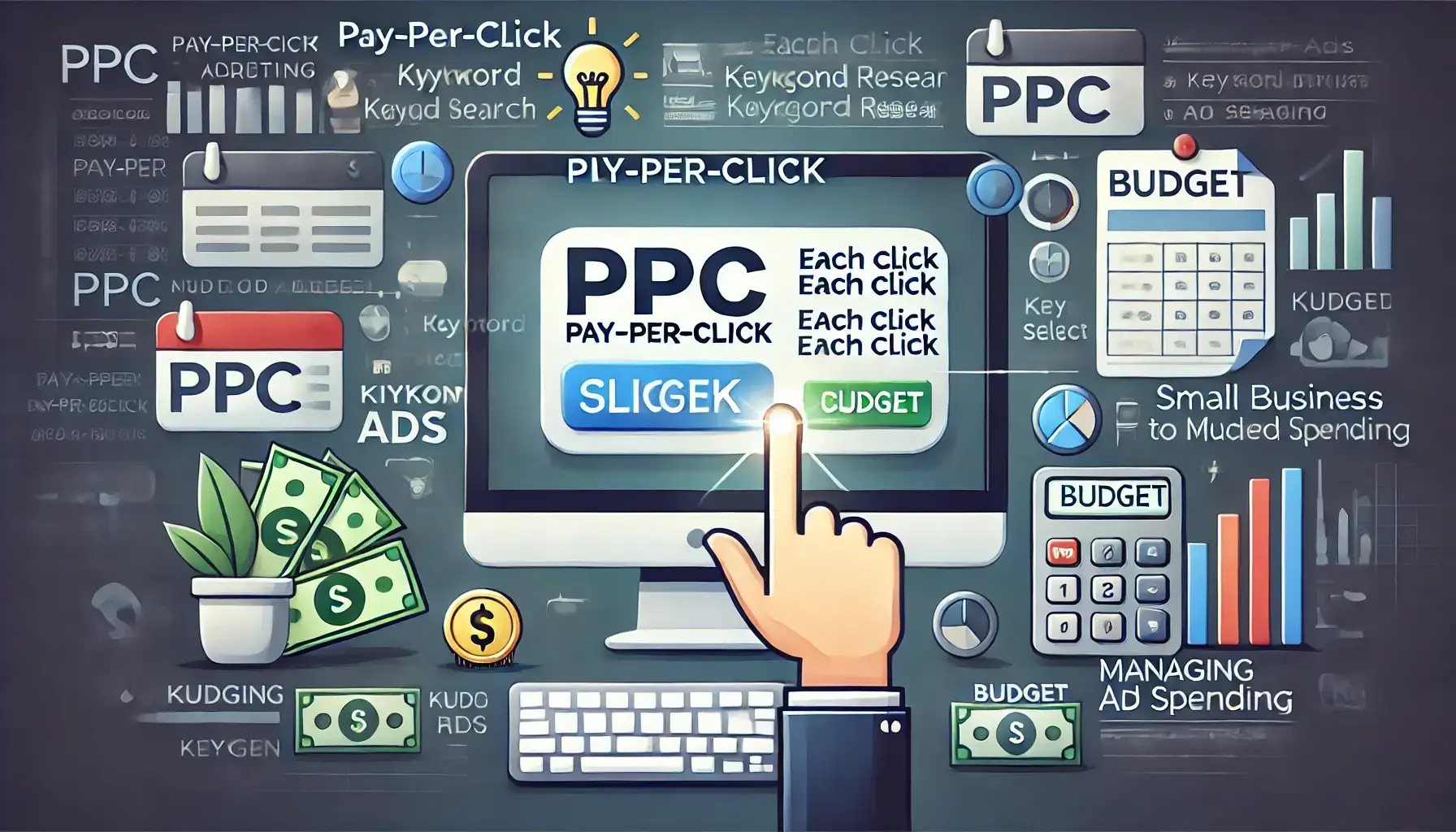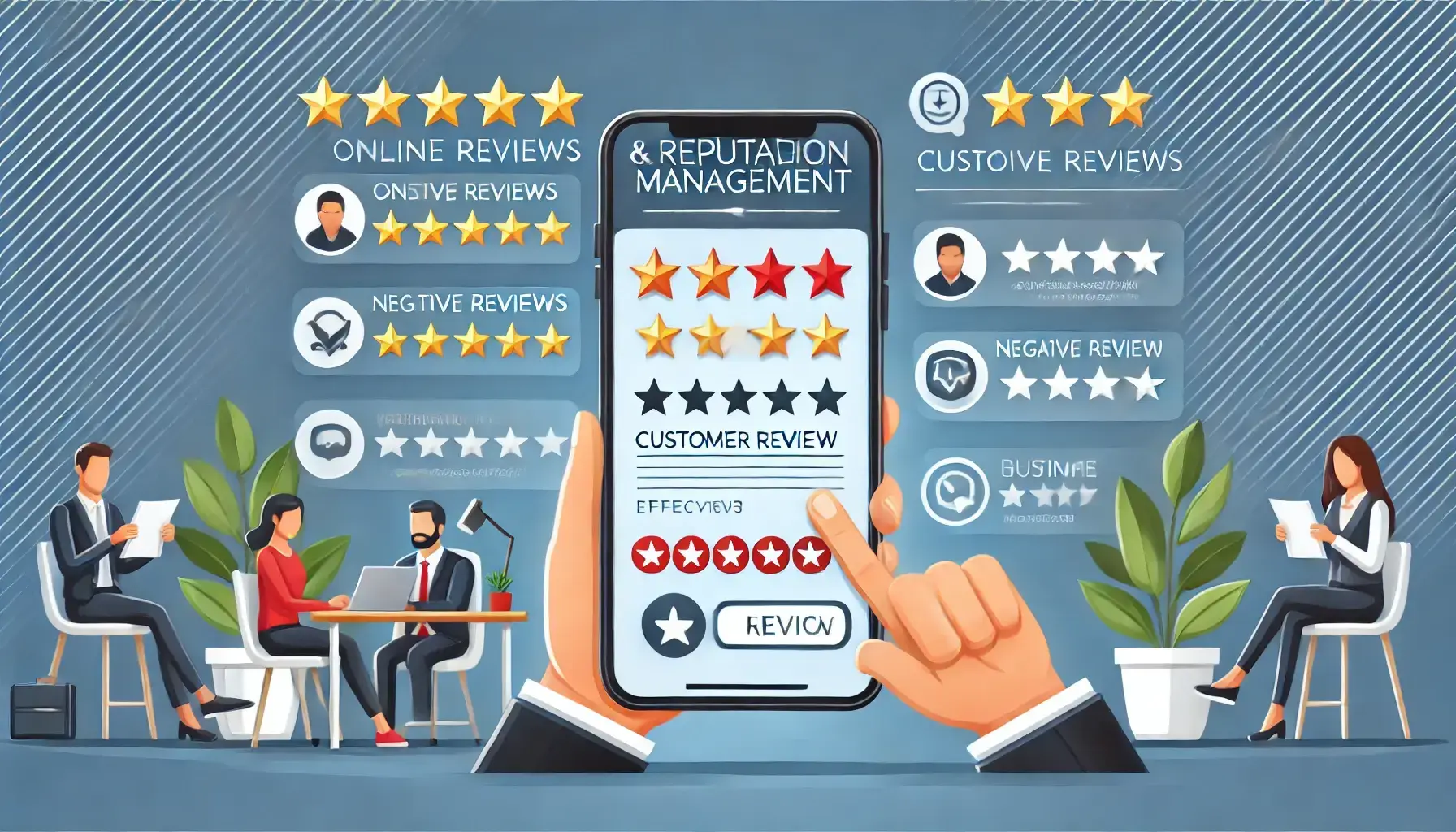Introduction
Digital marketing is not an option but an inevitable thing for small businesses. Consumers increasingly rely on the internet to find a product or service. A strong online presence has thus become imperative. This blog takes you through some effective digital marketing strategies that may help your small business to greater visibility and customer interaction.
1. Building a Strong Online Presence

1.2 Creating a Social Media Profile
More conversations occur on social media, and one could expect greater brand awareness after building a presence here.
Choosing the right platforms for your business:
This should be done keeping your target audience in mind. For example, Instagram is great for visually appealing products, and LinkedIn is great for B2B services.
Developing a consistent brand voice and message:
Whether it’s playful, professional, or informative, your brand’s voice should echo through every medium. This is where consistency builds trust.
Engage your audience:
Update, promote, and entertain your audience with regular posts. Engage your followers through a poll, question, or comment.
2. Content Marketing Strategies


2.1 Blogging to Engage Customers
Blogging is a great means to establish authority and reach your target audience.
Identify target audience topics and needs:
Think about what kind of questions a customer would ask on a regular basis. If you can create content that answers those questions, it positions you as your industry expert.
Valuable creation of blog content:
Quality blogs provide solutions, tips, and insight that is actually helpful to someone.
Other-Channel Promotion of Blog Posts:
Share your posted articles on social media platforms or newsletters, or also through other bloggers’ networks to grab attention towards your site.
2.2 Creating Video Content
Video is a powerful tool to engage viewers like nothing else.
Types of video content suitable for small businesses:
Think tutorials, behind-the-scenes, or customer testimonials. This will humanize your brand in a very real way.
Video sharing sites to reach your audience:
YouTube, Instagram, Facebook, and TikTok offer excellent options for reaching different demographics.
Measuring engagement and the effects of video marketing:
Observe comments, likes, and shares to see what works with your audience.
3. Pay-Per-Click Advertising


3.1 Understanding the Basics of PPC
With PPC advertising, your business will get noticed in a very short period of time.
Overview of how PPC advertising works:
Each time your ad is clicked, you pay a fee, which may bring immediate traffic to your website.
Setting Realistic Budgets for Small Businesses:
Begin with an amount that you can feel comfortable with and increase once you start noticing results.
Keyword selection for campaigns:
Conduct keyword research to get words that your potential customers look for.
3.2 Creating Effective Ad Campaigns
The key to great ads is to create ads that speak to your audience.
Create an appealing ad copy and visual:
Clearly use the language and strong visuals to capture attention, making sure that the message is short and clear.
A/B testing various ad variants to get the best fit:
Use different images, ads, and headlines to find out which works best.
Retargeting to previous visitors:
Retargeting ads are good reminders to your visitors to come back and convert.
3.3 Measuring the Success of PPC
Tracking the success of PPC goes a long way in sharpening the strategy.
KPIs to track:
Focus on metrics such as conversion rate, cost per click, and return on ad spend.
Adjusting bids and targeting based on performance:
If certain ads perform exceptionally well, consider increasing the budget for those campaigns.
PPC Campaign Analysis Tools:
Google Ads, among other analytics tools, can give you deeper insights into how well you’re doing.
4. Social Media Marketing Tactics
4.1 Target the Right Audience
Knowing the audience is half the battle. Discussed herein are some of the best digital marketing strategies.
Social media-specific audience research techniques: How to apply analytics for demographics, times most active, how to engage.
Buyer persona creation for targeting: To develop your ideal customer profiles, you will actually be creating content and ads to personalize to.
Continuously updating audience insights: Check your analytics regularly to observe the changes in behavior or preference of your audience.
4.2 Creation of Engaging Content
Engaging content is essential for any social media performance.
- Types of content that resonate on social platforms: Use a mix of videos, images, polls, and stories to keep your followers engaged.
- Building trust through user-generated content: Encourage your happy customers to provide experiences with your products; it can be a source of authentic promotion.
- Scheduling and planning posts for consistency: Consistency is key to maintaining your brand presence. You can use tools like Buffer or Hootsuite to schedule posts at the best times.
4.3 Social Media Metric Analysis
Knowing your performance on social media helps refine your approach.
- Key Metrics for Social Media Success: Track engagement rates, follower growth, and reach to measure your success effectively.
- Performance Monitoring and Analysis Tools: Leverage platforms like Sprout Social to gain valuable insights and analytics.
- Adjust Strategies Based on Data Insights: Be ready to pivot your strategies according to the data. Flexibility often leads to improved outcomes.
5. Utilizing Online Reviews and Reputation Management


5.1 Importance of Customer Reviews
Online reviews are, in fact, extremely influential.
- How Reviews Influence Consumer Trust and Purchasing Decisions: Most buyers read reviews before making purchases. Positive feedback about your business greatly impacts their decisions.
- Ways to Persuade Happy Customers to Review Your Business: Engage with customers post-sale and kindly ask them to share their experiences online.
- Negative Reviews and How to Handle Them: Address criticism promptly and professionally. This approach can often transform a negative experience into a positive outcome.
5.2 Establishing a Good Online Reputation
Managing your online reputation is crucial for maintaining credibility.
- Tips for Maintaining a Positive Online Presence: Consistently create high-quality content and engage with your followers regularly.
- Responding to Reviews by Engaging Customers: Show gratitude for positive feedback and handle negative reviews with professionalism and grace.
- Monitoring Brand Mentions Across Platforms: Use tools like Google Alerts or social listening services to stay informed about your brand’s mentions.
5.3 Using Customer Feedback to Improve
Feedback tells you where to improve your business.
- Feedback Collection Through Surveys and Follow-Ups: Conduct short surveys post-purchase to gather valuable customer insights.
- Analyzing Feedback for Product Improvement: Pay attention to constructive criticism and implement changes based on customer suggestions.
- Showcase Testimonials: Highlight positive customer stories on your website and marketing materials to build client confidence in your services.
Conclusion
These five digital marketing strategies combined will boost your small business online and improve its customer engagement. Remember, it does not come easily; it takes time for such change to be effected. Success happens before you even realize it, may it be due to persistence or adaptability. Now, make those little changes in your business today and watch it grow!
FAQs
What is the most effective digital marketing strategy in small businesses? It usually consists of a combination of an effective presence online, compelling content, and targeted social media marketing.
How much should small businesses budget for digital marketing? That of course depends, but small businesses generally should invest no more than 5 to 10 percent of all revenues in digital marketing.
How do I measure the success of my digital marketing? Use analytics tools to monitor key performance indicators in website traffic, conversion rates, engagement levels, and return on investment.
Why do small businesses need local SEO? It helps your business to appear in searches which relate to your geographical region and makes it easier for close-by customers to find you.
How often should I post on social media for my business? Shoot for at least a few posts a week, but again, quality trumps quantity. Consistency in posting will help keep your audience engaged. These are the best Digital Marketing Strategies.
Know more about digital marketing services contact !




